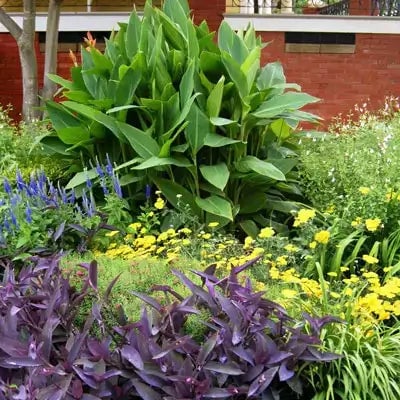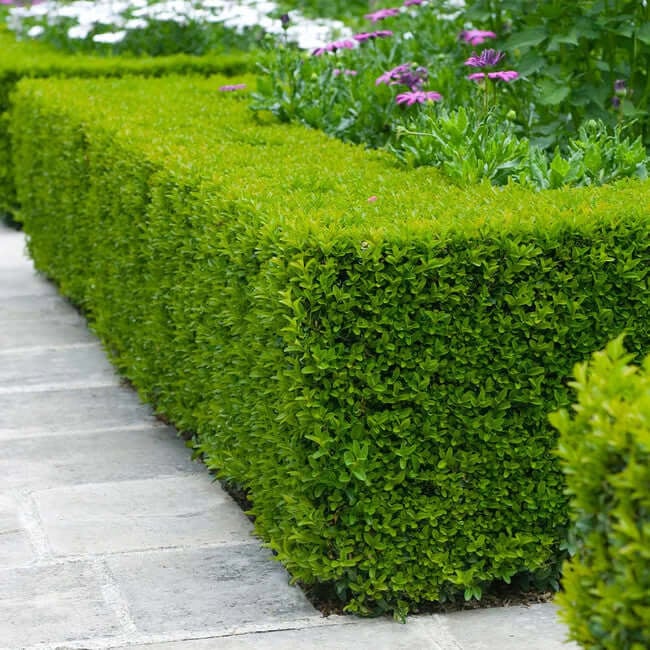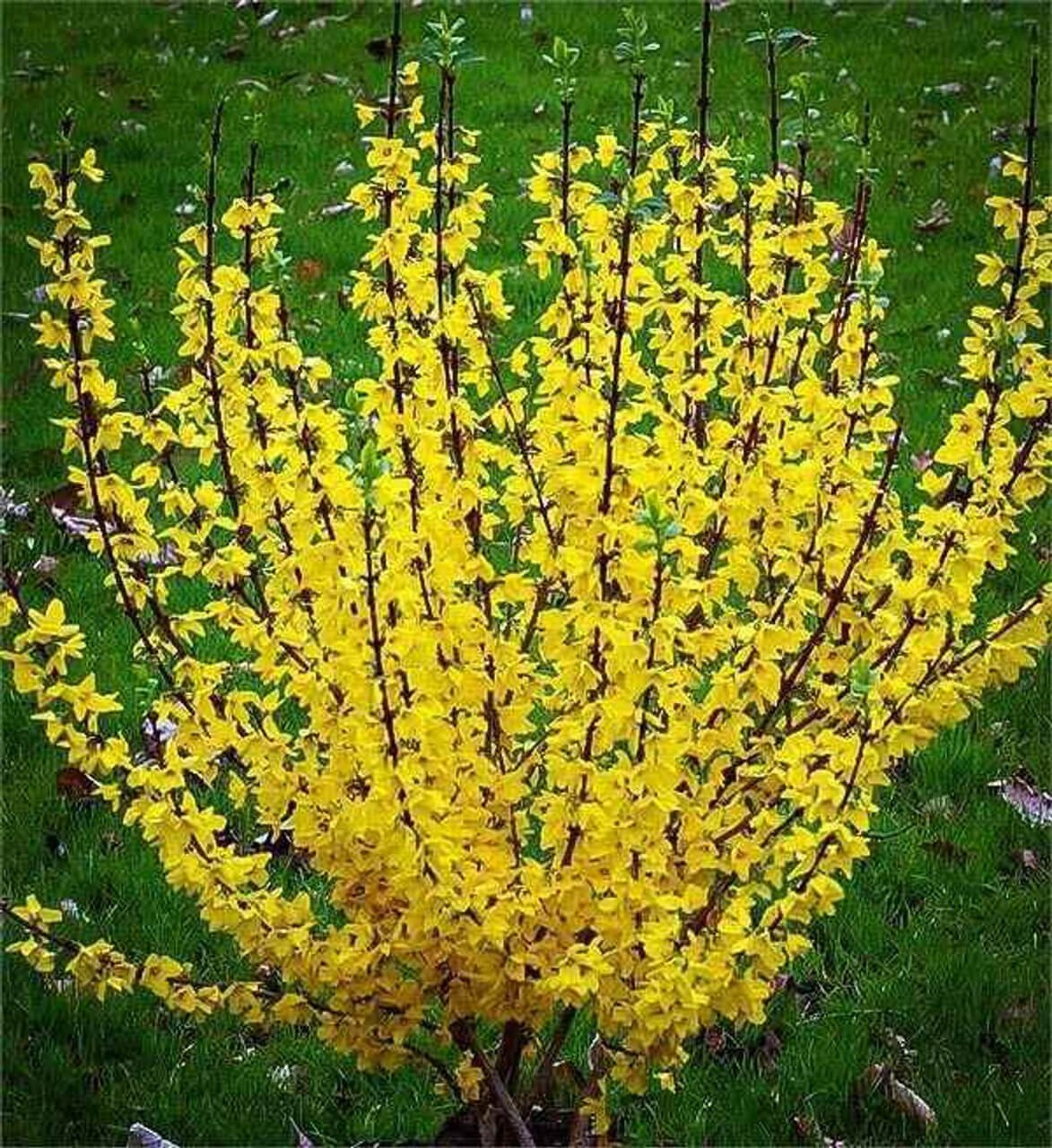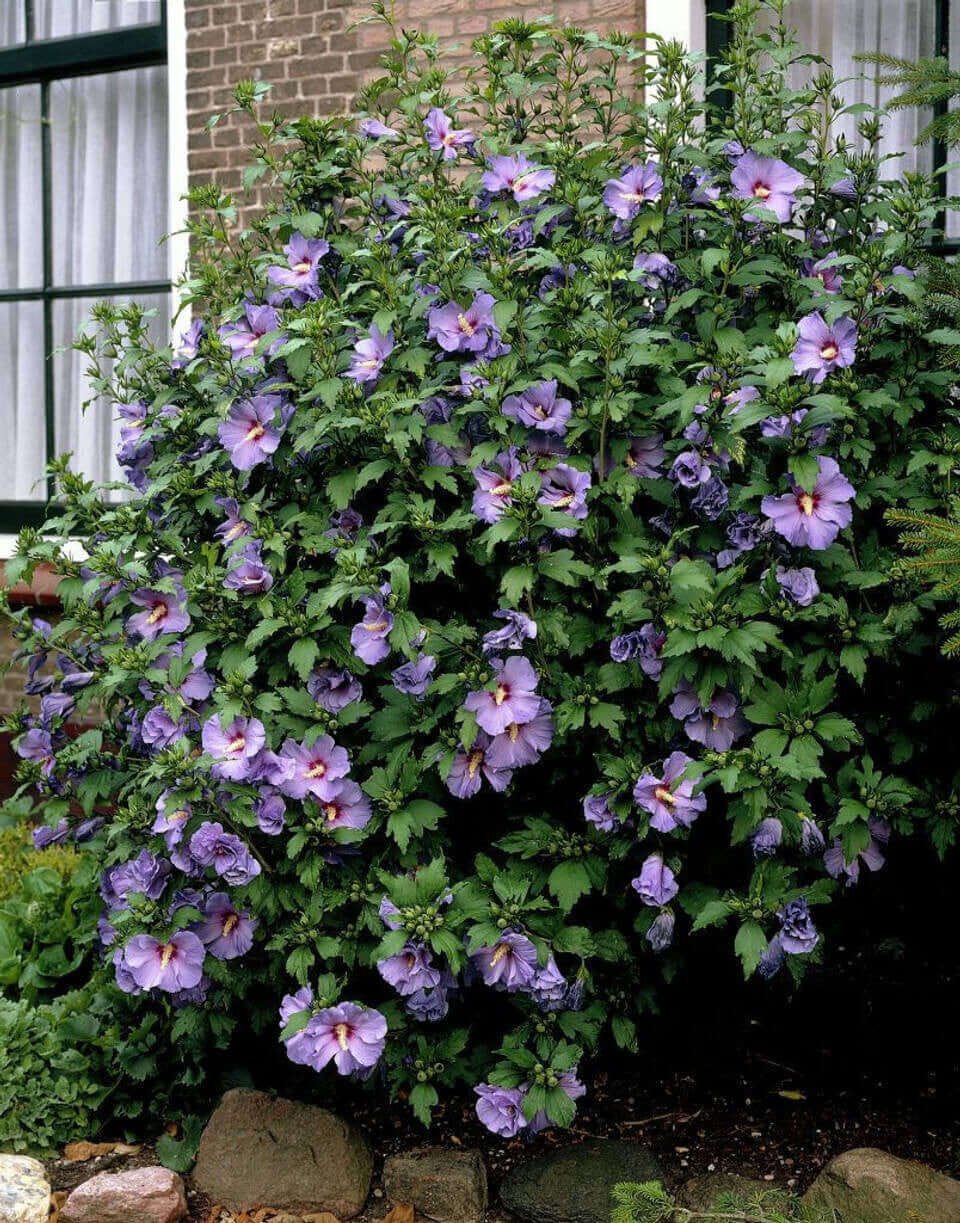In most cases, shrubs are only about 15 feet at most. Depending on the type of shrub used, they can be short or tall. Knowing the types of shrubs and how they thrive in their native habitat can assist in deciding the best option for you.
Types of Native Shrubs and Hedges
There are three most used types of shrubs:
- Evergreen: These shrubs are beautiful year-round and don't usually lose their leaves. Depending on the selection, they look and feel different.
- Deciduous: These drop their leaves during the fall and then grow in spring. These are intentionally designed shrubs.
- Flowering: These shrubs can be evergreen or deciduous. Some bloom before leaves appear, while others can bloom anytime.
Hedges and Shrubs for Landscape Appeal
Did you know that hedges are just shrubs put together in a wall? Hedges serve different purposes. When used for landscape aesthetics, they can be evergreen or deciduous but are used to offer various levels of privacy.
Choosing suitable shrubs is a process. Determining the shrub's climate is crucial to ensure it can survive for an extended period. You should also consider how the shrubs will be used. Is it privacy? Depending on where you live, a more wildlife-based shrub may be an excellent solution to provide berries and flowers to any animals in the area.
The shrub must be in the right conditions to thrive. Each shrub has its personality and requirements based on where its native habitat. In optimal conditions, these native plants will thrive. Features may also draw you to a particular shrub, such as shrubs with beautiful flowers or some with multiple features.
Shrub Maintenance Tips
If you're going to plant shrubs and possibly create hedges, it's essential to know how to care for them properly:
- Remove any diseased, dead, or broken branches. Pruning is best when shrubs are dormant. Certain shrubs require more care than others.
- Water them, especially during the first year, to ensure the soil is moist and they can learn to stand independently. Ensure the water penetrates the internal system. Using a soaker hose to water all the plants would be helpful.
- While most shrubs don't need fertilizer, weeds can affect the garden. If the shrub turns yellow, test the soil and use fertilizer if necessary.
There are several ways to handle shrubs during the winter months. Some may need to be wrapped, while others may need animal-repellent spray.
For the best outcome when planning how to use your land or increase the aesthetic, consider the look and feel of what you want as your research. Incorporating shrubs and trees that protect and create habitats, produce food, and provide.
Yes, Shrubs are Different from Trees
- Adding different types of native plants is always a good idea for variety in the design. While shrubs and hedges are great ideas, having a tree or two adds to the ecosystem. Here are the differences:
- A tree is considered a tall plant with woody tissue.
- Trees grow two rings annually – one in the summer and one in the spring.
- Common trees in the U.S. include the loblolly pine.
- Shrubs are woody plants with a height of fewer than 18 feet and perennial stems. They can also be called bushes.
- Common shrubs in the U.S. include lilacs, forsythia, roses, and hibiscus.
- While different, they work well together when landscaping. You can have a tall shrub and a small tree, which adds to the mix-up. Knowing how they can effectively work together makes a difference.
The Ecological and Cultural Value of Native Shrubs
Native shrubs are essential components of ecosystems worldwide as they deliver multiple advantages to wildlife populations, local communities, and the global environment. These woody plants thrive in their native climate and soil conditions while delivering both ecological benefits and visual appeal. Native shrubs play a crucial role in their ecosystems by enhancing soil health and landscape stability while supporting pollinators and wildlife. Native shrubs need less maintenance in gardens and landscapes than non-native species, making them an appealing and economically suitable option for property owners. These points highlight the principal advantages of integrating native shrubs into ecosystems.
Native shrubs function as essential elements in sustaining and rebuilding local biodiversity. Hundreds of thousands of years of evolution in particular regions enabled these plants to adapt well to local environmental conditions, allowing them to establish symbiotic relationships with native wildlife, including insects, birds, and mammals. Native shrubs generate nectar as a nutritious food source for local pollinators such as native bees, butterflies, and hummingbirds. Gardeners and land managers who plant these shrubs will help to maintain and increase populations of helpful insects that carry out crop pollination while supporting the food chain. Native shrubs create essential nesting and shelter areas for birds and small mammals, which ornamental plants or non-native species often cannot provide. Unique relationships between native species and their environments help protect wildlife populations and increase ecosystem strength against changes like climate shifts and habitat destruction.
Native shrubs represent a successful approach to maintaining water conservation while minimizing chemical inputs. Native shrubs thrive in their natural environment with minimal watering because they have evolved to match their region's existing rainfall and soil conditions. Non-native species require regular water and nutrient support to prosper under unfamiliar environmental conditions. Native shrubs have evolved defenses against local pests, reducing the need for pesticide application. Homeowners, farmers, and landscape managers experience financial savings and environmental protection as they reduce expenses for water and chemical treatments and simultaneously diminish soil and groundwater pollution. Native shrubs maintain healthier watersheds by eliminating or reducing pesticide and fertilizer use, reducing municipal water treatment system burdens.
Native shrubs are essential to maintaining soil health and controlling erosion processes. Various shrub species possess dense root structures that maintain soil stability and protect against erosion from wind and water runoff. The presence of native shrubs becomes crucial for erosion control in regions characterized by steep slopes and stream banks and areas vulnerable to flooding. The absence of woody root systems allows rainfall and floods to dislodge soil particles, leading to sedimentation and water pollution downstream. Organic materials like leaf litter and decaying twigs from shrubs function as natural mulch, enhancing soil structure and fertility. The decomposition of organic matter improves soil fertility by enriching its nutrients and its ability to retain water, benefiting plants and microorganisms. Soils that maintain better health create landscapes that demonstrate enhanced resilience to droughts, storms, and other environmental pressures.
Native shrubs play an important role in maintaining essential food chains. Local wildlife gets essential food resources from the fruit, seeds, and nuts many species produce during critical times each year. Birds, small mammals, and insects depend on these food sources as essential energy and nutrient providers when alternative food options become limited. Birds depend on shrubs that produce winter berries because these plants provide imperative food during cold months when other food sources are limited. Shrubs offer necessary shelter through small hollows in ancient trunks and protective dense branching to block predators and extreme weather conditions. The layered structural diversity provided by shrubs creates multiple niches that allow different species to thrive.
Native shrubs connect the environment and the cultural identity of people in the area. These plants developed together with human societies within their area, meaning they retain significant historical and artistic value. Throughout history, people have traditionally exploited a range of shrubs for their edible properties, medicinal purposes, and crafting materials. Communities that plant and maintain these species establish bonds with their history while demonstrating the profound connections between their local environment and cultural practices. Gardeners and landscape designers now frequently acknowledge and use native shrubs with their intriguing shapes, textures, colorful blossoms, and fruiting displays in formal gardens and ecological restoration projects. This integration process enhances the area's visual appeal and supports environmental balance.
Native shrubs provide extensive advantages that function together in various ways. These plants maintain vital ecosystem functions by supporting biodiversity preservation and water conservation while stabilizing soils and reinforcing food webs plus cultural relationships. Native shrubs improve local habitats' health and resilience in gardens, landscapes, and conservation projects while promoting sustainable practices that provide long-term benefits for people and the environment.
Read more

New England has gained a reputation as the destination for a profusion of autumn color -- residents take day trips to see the colorful leaves, and foliage cruises, bus tours, and weekend specials a...

Although their tops often die back after they pass their flowering season, their roots are still very much alive, and they send up shoots the following spring. These plants have many uses and purpo...






